12 Best Ethereum Miners for Maximum Profits [Updated After ‘The Merge’]
When Bitcoin was first introduced to the world, people saw that Blockchain technology has the potential to change each and every industry. And this is how Ethereum was born.
Ethereum is a blockchain-based platform that allows users to create decentralized applications (dApps) and deploy “smart” payment contracts.
Where Bitcoin aims to eliminate banking and traditional payment methods, Ethereum tries to facilitate the exchange of money, content, property, shares, or anything of value through the use of smart contracts.
Just like Bitcoin mining, Ethereum also adopted the energy-intensive consensus mechanism, Proof of Work (PoW). At the time, there weren’t many alternatives that could adequately ensure both decentralization, security, and affordability of the network.
Fast-forward to today, Ethereum has shifted to a more efficient consensus mechanism — Proof of Stake (PoS). PoS consumes less than 0.9% energy compared to PoW, which makes is a viable option for Ethereum to become more mainstream.
Learn about Ethereum’s shift to PoS here.
On the flipside, this marks a definitive end to mining Ethereum (ETH).
But that does not mean Ethereum miners are no longer useful for making profits. The emergence of the Ethereum Proof of Work (ETHPoW) fork presents a new avenue for miners. This fork continues to utilize the PoW protocol, offering miners the opportunity to leverage their existing hardware and expertise.
In this revised guide, we explore the implications of Ethereum’s transition for miners, introducing the ETHPoW fork, and provide you with comprehensive insights into maximizing your profits in this new era of Ethereum.
Table of contents
- The Evolution of Ethereum Mining: From Proof of Work to Proof of Stake
- Enter EthereumPoW (ETHPoW)
- How Does Mining on EthereumPoW Work?
- Getting started with EthereumPoW mining
- ETHW Mining Hardware: What to Consider?
- Top 12 Best Ethereum Mining Hardware for 2024
- Methodology of Choosing Winners
- Useful links
- Wrapping up
- FAQs
The Evolution of Ethereum Mining: From Proof of Work to Proof of Stake
Proof of Work has been the bedrock of Ethereum since its inception. This process, known as mining, demands significant computational power and energy.
Proof of Stake introduces a different approach to validating transactions and forming new blocks. In PoS, instead of miners, we have validators. Validators are chosen to create new blocks and validate transactions based on the amount of ETH they hold and are willing to ‘stake’ as collateral. This shift aims to reduce the immense energy consumption of the PoW process, making Ethereum more environmentally friendly and efficient.
The transition to PoS has profound implications for Ethereum miners. The traditional mining method using GPUs or ASICs is rendered obsolete in the PoS model. Miners now face the choice of repurposing their equipment, selling it, or redirecting their mining efforts to other PoW-based cryptocurrencies.
Enter EthereumPoW (ETHPoW)
In response to this monumental shift, a fork of Ethereum, known as EthereumPoW (ETHW), has emerged. This fork continues on the original PoW mechanism, allowing miners to continue their mining activities using existing hardware. ETHW retains the familiar mining process, providing an alternative for those not ready or willing to transition to PoS.
However, the ETHW price is significantly lower than Ethereum’s price and will likely remain that way because the PoS chain is used by the majority and is now the primary network.
How Does Mining on EthereumPoW Work?
The mining process on EthereumPoW remains largely the same as it was on the pre-PoS Ethereum blockchain. Miners use their computational resources to solve complex cryptographic puzzles. The first to solve the puzzle validates the block and, in return, receives a reward in the form of ETHW tokens. This process requires significant computational power, predominantly from GPUs, making it accessible to a broad range of participants.
Since ETHW continues with the PoW model, the hardware requirements remain consistent with those of the previous Ethereum mining setup. This means that the GPUs and ASICs that miners previously used for Ethereum are still relevant. However, miners should consider the following factors:
- Hash Rate: The efficiency of mining hardware is critical. Higher hash rates increase the chances of solving puzzles and earning rewards.
- Power Efficiency: Given the energy-intensive nature of PoW mining, choosing hardware with optimal power efficiency is crucial for profitability.
- Longevity and Durability: Durable hardware that can operate under continuous load is preferable, ensuring a longer operational life and better ROI.
Getting started with EthereumPoW mining
First of all, we need to check out the prerequisites for any Ethereum mining venture which are split in two categories:
Software Requirements for ETHW Mining
Let’s look at the software requirements for Ethereum mining.
Requirement #1: An EthereumPoW Wallet
First and foremost, you need to create a digital wallet where you will be storing your EthereumPoW. A hardware wallet like the ones we’ve reviewed in this previous article is a great alternative.
Requirement #2: Installing Geth
Before you start communicating with the EthereumPoW blockchain, you will need to install Geth. This is open-source software that is available for almost any operating system out there.
Geth will serve as a communication hub. It will link you to the EthereumPoW network while coordinating your hardware. It will also report any new development that requires action on your part.
If you’ve never used Geth before, we advise you to check out this handy guide. It will help you get started with the installation and configuration of the Geth client on your mining rig.
Requirement #3: Installing Ethminer (or any other mining software)
After installing Geth you will need to install Ethash mining software. Ethminer is one of the most popular ones and is regularly updated. Follow the instructions on their Github page to get started.
Well, that’s pretty much it. It seems pretty simple, right?
Once these two requirements are met, you can safely say that you are ready to start mining your first EthereumPoW at least when it comes to the software side of things.
Hardware Requirements for ETHW Mining Hardware
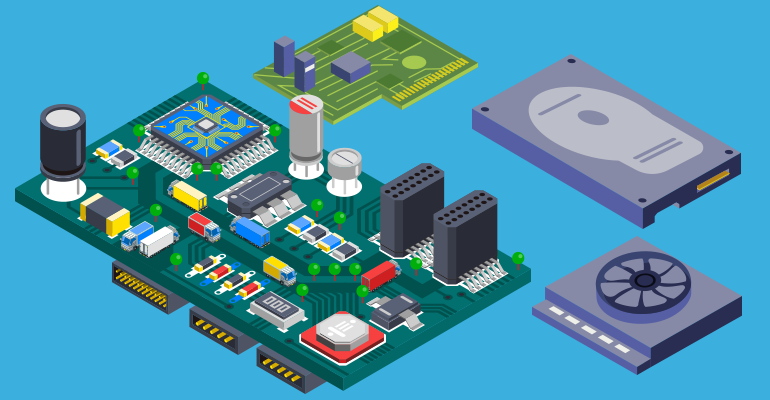
Other than the aforementioned GPUs, you will need the basic components of every PC:
- Motherboard
- CPU
- RAM
- Hard Disk
- Power Supply
Having a stable internet connection is also a must. We recommend that you don’t rely on wireless connections but instead connect your machine directly to the modem/router with an ethernet cable.
Additionally, you might want to add more than just one GPU to your setup. This will increase the hash rate of your mining rig. Keep in mind that all this will not only increase the starting price but also the power consumption of your mining hardware. This means that you will have to invest in a more powerful power supply (PSU) which is also pricier.
For example, if your GPU drains 300W of power and your PSU supports 500W, you won’t be able to add another GPU. You will, in this case, need to upgrade to a PSU that supports at least 700W, considering the power drain from the other components in your rig as well.
Further, not only does mining consume electricity, but it also generates a lot of heat. For that, you will need to ventilate and cool them efficiently, which will add up on your electricity bill.
All in all, the basic hardware requirements for Ethereum mining are common and pretty easy to find in most computer stores. You should be able to easily set up a config without too much trouble.
Setting up a mining rig might seem a little expensive, but you need to understand that you are trying to invest in a passive income source that should generate profit very soon.
Before you make your first purchase of hardware, let’s go through the basics of Ethereum mining rewards and what they mean for an aspiring miner like yourself.
ETHW Mining Hardware: What to Consider?
As we previously mentioned, to get the best Ethereum mining rig, you will first need to invest in the following:
- The Motherboard – you will need to acquire a motherboard that supports the number of GPUs you want to set up in your rig. The more GPUs you have, the higher your hash rate will be.
- The CPU – no need to go crazy here, the basic CPU of your motherboard chipset should be fine. 99% of the work will be done by your GPUs anyway.
- Storage – a small hard disk that will allow you to install the operating system of your choice plus the mining software should suffice. Aim for something around 50Gbs.
- RAM – no need for speedy memory either, anything that meets the minimum requirements of your OS should do.
- The PSU (power supply unit) – this is something that you need to adapt according to the number of GPUs in your rig and their combined power draw. Unlike the other components in your mining, you can’t really go cheap on this as it will be the juice that drives your GPUs.
With these covered, let’s move on to the characteristics that you need to analyze when choosing the most interesting part of your rig, the GPUs:
- Hashrate – This is the processing power of your GPU. Higher is always better.
- Power Draw – This is the power that your GPU needs to function. It will be imperative to know this parameter as it will help you choose the right PSU and allow you to calculate how much electricity you will be using.
- Hardware Cost – In order to choose the best GPU for mining Ethereum, you must factor in its initial cost. The graphics card will be the most expensive part of your mining rig, and a decisive factor in its rentability in the long term.
Additionally, your GPU must have a minimum of 4Gbs of RAM or it won’t be able to mine EthereumPoW. This is due to the memory-heavy DAG file present in the ethash algorithm, which actually makes it ASIC-resistant.
Top 12 Best Ethereum Mining Hardware for 2024
One thing to keep in mind is that usually, AMD cards are overall better than their NVIDIA counterparts for EthereumPoW mining, especially within the same price range.
While this is certainly true, the efficiency of AMD graphics cards for Ethereum mining has made them very sought after and you might face another problem when looking for one – availability.
That’s right, the best miners will be often out of stock. That’s why we wanted to give you a wide array of choices to fall upon in case this happens.
1. AMD Radeon R9 295X2
Hashrate: 46 Mh/s
Power consumption: 500w
Price: 1,300$ to 1,500$
This is one of the best ETH miners, although it’s power efficiency isn’t the greatest. If you are looking to build a rig with just a couple of GPUs, this might be the way to go, considering you can find it for 300$.
2. AMD Radeon R9 HD 7990
Hashrate: 36 Mh/s
Power consumption: 375w
Price: $1,000
The R9 295X2 has a decent hash rate and is a great choice when building your mining rig. It is one of the most cost-efficient options, That is if you can find one.
3. AMD Radeon RX 480
Hashrate: 25 Mh/s
Power consumption: 150w
Price: $150-$180
This is one of the best GPUs an Ethereum miner can get his hands on. Very low power consumption means it’s one of the most profitable Ethereum miners, and a decent hash rate makes it a mining favorite.
4. NVIDIA Geforce GTX 1070
Hashrate: 30 Mh/s
Power consumption: 100w
Price: $450-$500
The first NVIDIA card on our list, 1070 was expensive when it first hit the markets at $380. Nowadays, however, things are different. With a decent hash rate and a tiny 100w power consumption, it’s a great choice if you can find a couple of used ones in the $250 range.
5. NVIDIA Geforce GTX 1080 Ti
Hashrate: 45 Mh/s
Power consumption: 265w
Price: $400-600
Being the fastest NVIDIA card from the 10th generation, the 1080Ti is still expensive today. But this is a top-end card with fast memory and 11Gbs of it.
6. NVIDIA Titan V
Hashrate: 70 Mh/s
Power consumption: 250w
Price: $2000 to $3000
Very expensive card, but if you can find a good deal on eBay or another second-hand market, you will be purchasing one of the best Ethereum miners available.
7. AMD Radeon RX Vega 64
Hashrate: 30Mh/s
Power consumption: 210w
Price: $350
This high-bandwidth memory card can be found in the 350$ price range pre-owned. A great deal for such a fast GPU with decent power draw.
8. AMD R9 390
Hashrate: 30 Mh/s
Power consumption: 235w
Price: $250 to $350
Even though the power consumption is a bit higher than some of its counterparts, you can purchase this GPU for as low as $250, which makes it a great investment.
9. AMD Radeon RX 580
Hashrate: 27 Mh/s
Power consumption: 185w
Price: $150 to $250
A good upgrade to the previous generation (RX480), this is an excellent option if you don’t want to risk buying pre-owned hardware.
10. NVIDIA Geforce GTX 1660ti
Hashrate: 25 Mh/s
Power consumption: 120w
Price: from $300 to $400
Another good alternative if you want to enjoy the warranty of a new GPU, this fairly new NVIDIA card is an excellent choice. Low power consumption but still a bit expensive.
11. NVIDIA GeForce RTX 2060
Hashrate: 41 Mh/s
Power consumption: 180w
Price: from $400 to $550
One of the newer NVIDIA GPUs, this card provides a great ROI considering the good ethash rate and the relatively small power consumption.
12. Radeon VII
Hashrate: 90Mh/s
Power consumption: 300w
Price: from $600 to $800
Although at a steep price and a hefty power draw, this GPU has one of the best ethereum miners in the industry. If you can find a good deal under 700$, you should definitely consider the Radeon VII
That’s our ideal list with the best Ethereum miners currently available. And now for the verdict, our two best options and why we chose them.
Methodology of Choosing Winners
When choosing the very best Ethereum miners, we wanted to cover both higher and lower budgets.
At the decisive moment, you need to ask yourself if you are willing to pay cheaper for pre-owned graphics cards. This will build a rig that might start making profits sooner but it would also put you at risk. The cards might not function properly or break down shortly after.
Overall, it’s a personal preference, and you need to consider it when choosing the best Ethereum miner. This, in addition to all the parameters we talked about previously, made us decide on these two options:
Best EthereumPoW mining hardware – The AMD Radeon VII
The Radeon VII is, no doubt, the best GPU for ETHW mining. AMD managed to construct a card that is 2x faster than its competitors, making it a great buy.
Pros
- More than double the hash rate of the NVIDIA counterparts in the same price range.
- Quick ROI due to its hash rate.
- New cards can be bought for as little as $680.
- 2-year warranty for new miners.
Cons
- Pricey
- Power consumption is not the best
The most efficient Ethereum miner – The RX 580
This card may be older, but it is still an excellent choice for ETH mining.
Pros
- Good hash rate/power draw ratio
- Can be found for 150$ pre-owned, allowing you to build multiple GPU rigs for cheap
Cons
- Risk of buying a second-hand product with no warranty
- Can be hard to find because of how popular this GPU still is for Ethereum mining
- New cards are almost as expensive as the NVIDIA 1660Ti
Useful links
Wrapping up
That was our take on the best EthereumPoW miners.
As you can see, most NVIDIA cards are more power-efficient, whereas AMD cards are cheaper to buy. So, before purchasing, you should analyze all the parameters we talked about in this article to make the most informed decision in terms of the best and fastest ROI.
Always be on the lookout for good deals on cards and use profit calculators to help you build the best miner for ETHW.
FAQs
Which is the best EthereumPoW miner when investing in equipment for the first time?
The Radeon VII is a good GPU for ETHW mining. AMD managed to make a card that is 2x faster than its competitors, making it a great buy.
What are some powerful energy-efficient Ethereum miners?
Energy-efficient Ethereum miners – RX 570, RX 580, RADEON RX Vega.
Is Ethereum mining profitable 2024?
You cannot mine Ethereum in 2023. You can, however, profitably mine EthereumPoW (ETHW).
What is the fastest Ethereum miner?
If you are wondering what the best ETH miner is, as far as speed is concerned, you probably refer to its power to solve transactions. As such, you would need to invest in the miner with the highest Hashrate. In this case, that miner is the Radeon VII.
Disclaimer: Don’t invest unless you’re prepared to lose all the money you invest. This is a high‑risk investment and you should not expect to be protected if something goes wrong. Take 2 mins to learn more at: https://go.payb.is/FCA-Info
![12 Best Ethereum Miners for Maximum Profits [Updated After ‘The Merge’]](https://paybis.com/blog/wp-content/uploads/2019/10/Blog-1340x640-Best-Ethereum-Miners.jpg)
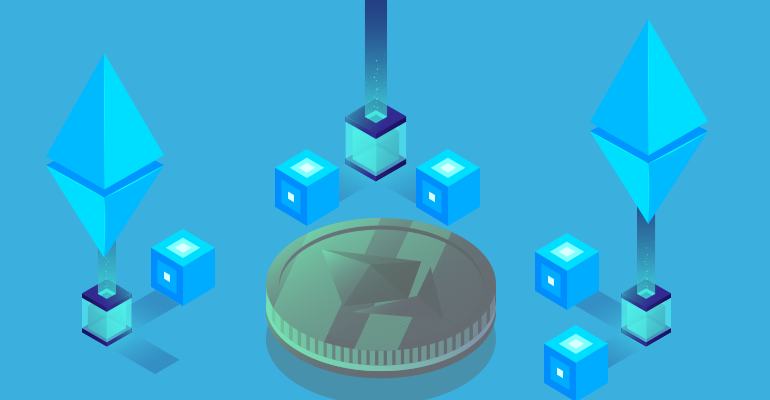
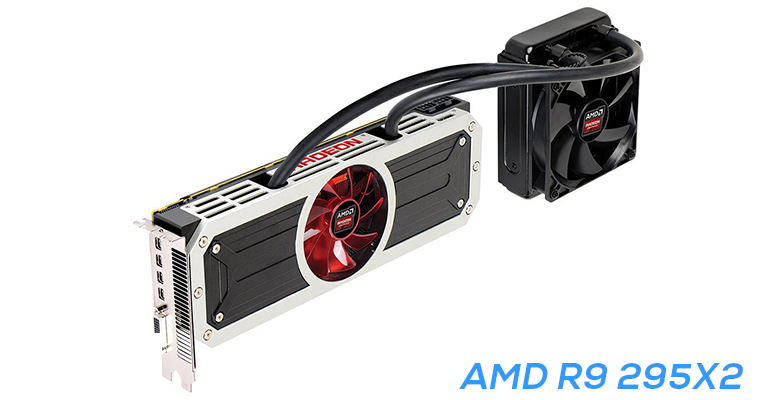
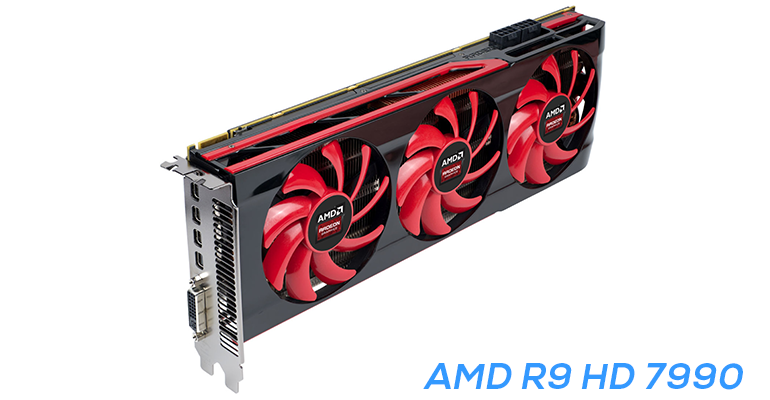

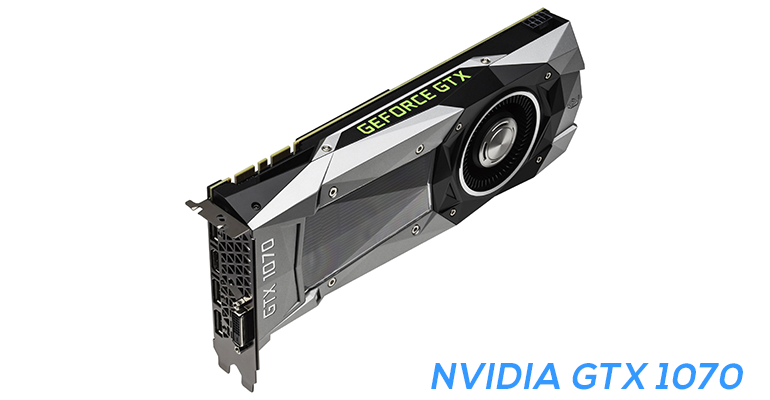
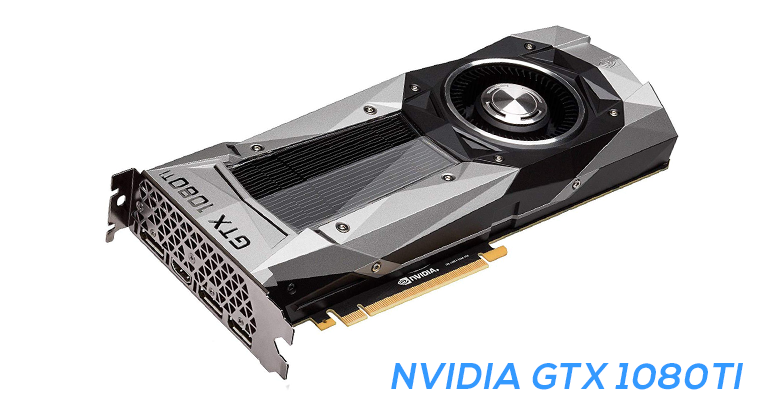
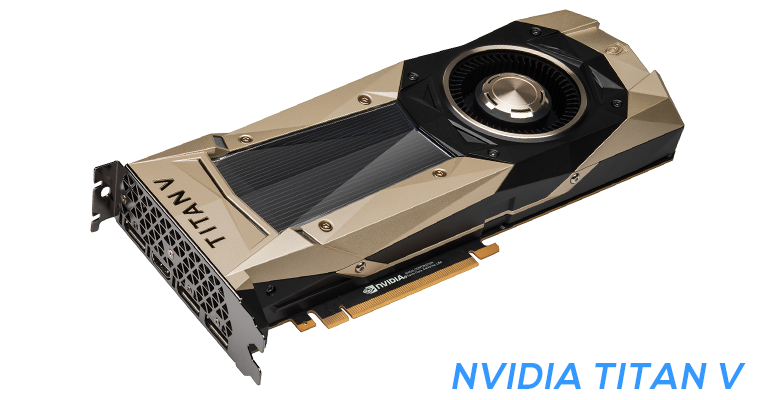
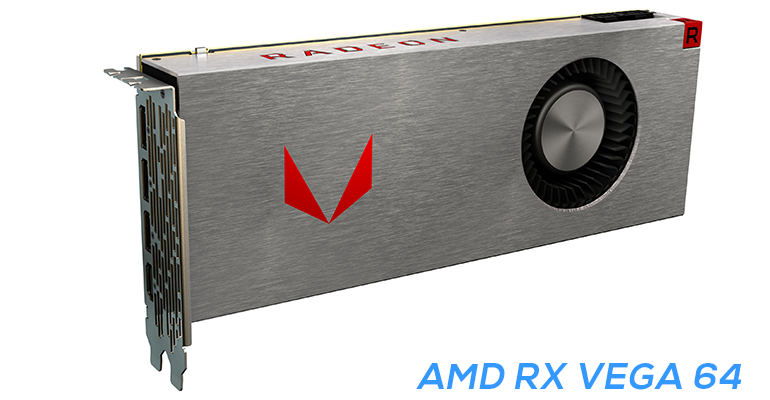
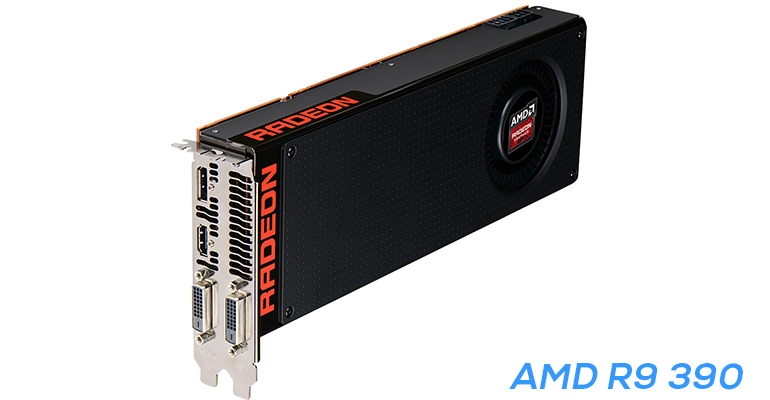

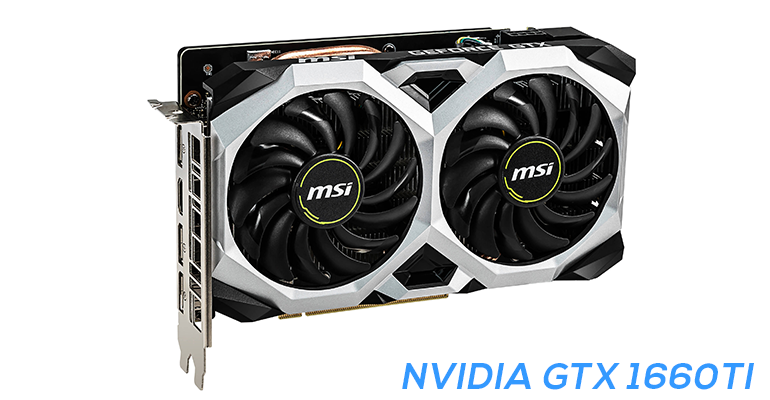
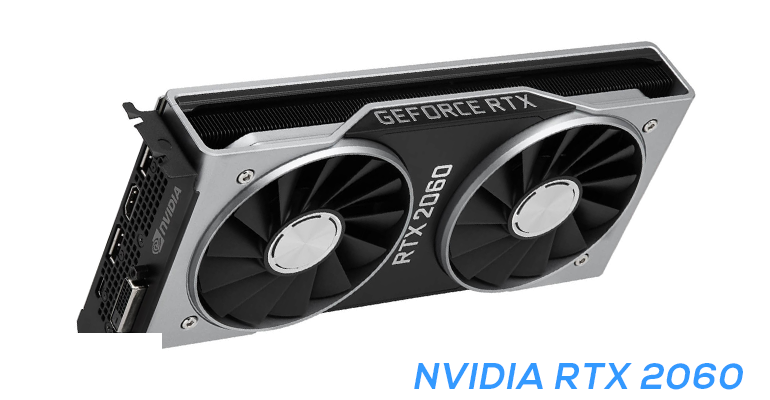
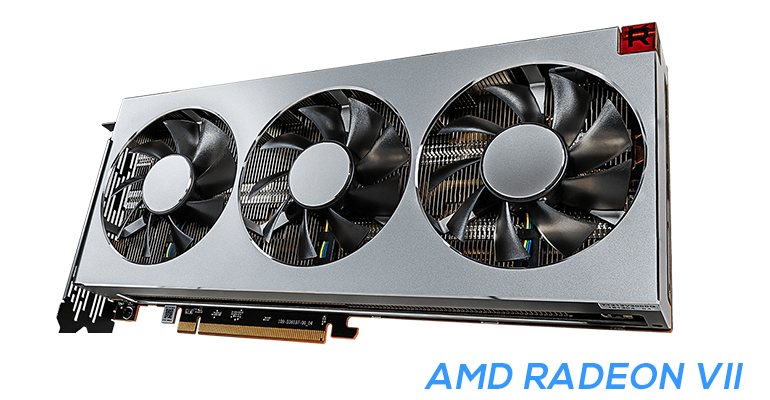

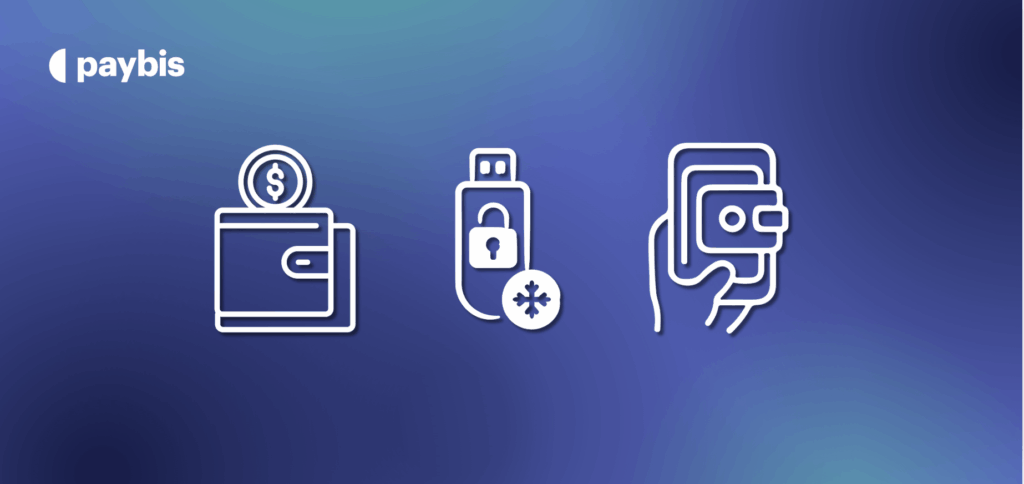
5700xt 8GB 55MH/s @ 140W
i would a business plan of mining etherum please, i m based in Italy.
I need the best ETH miner.
Can I mine ether with antMiner hashrate of 50Th/s
Brokerage companies are suggesting investing in Ethereum. But, they mention absolutely NOTHING regarding the technical issues that most be previously solved . This article is a great help. It taught me I know nothing; investing in Ethereum requires technical preparation I lack and expensive equipment I need to buy. I need time to study it. I wish there was a course on line I could take yo learn. Thank you,